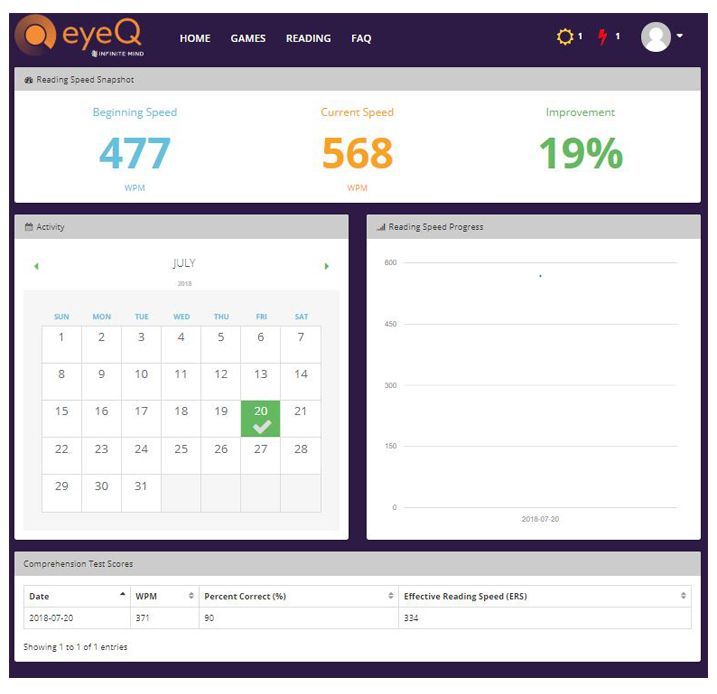
No point wasting your time on something that won’t help you get to your purpose for reading. Outside of an academic context, I have a rule: if I start reading a book and after a chapter it still sucks, I’ll stop reading it and move on. In fact, I would say that most of those textbooks are simply filler – you don’t need to read all of it, just the relevant parts for your learning and education. If you’ve spent time in college, you’ll know that the textbooks they issue are huge. Once you have that information – you’re done. Usually, this is the extraction of information from a piece of text. The presupposition behind this is that when you read, you read with a purpose. This is just not true, and it’s something that I wish I paid more attention to during university. There seems to be this strange idea (especially amongst students and academics), that you have to read absolutely everything. You don’t have to have perfect comprehension.You don’t have to speed read all the time.Here’s some beliefs that I’ve found useful when it comes to handling reading and information: The way to train your brain to read with a visual external to visual internal strategy, is to use a visual aid, which we’ll discuss in the section Reading with a Pen below.Īs equally important as how you read, are the foundational ideas behind why you read – your philosophical approach to reading if you will. If you get really good at speed-reading, you’ll be able to translate multiple paragraphs or entire pages into images.
7 SPEED READING VS EYEQ MOVIE
This is where you can scan each paragraph, and then form an image of set of images or a short movie from it. This is where you scan each sentence, then form an image from it. This is where each word becomes an object or action in your internal images. What this means is that as your eyes scan through words, sentences and paragraphs, your mind creates internal visual representations of those words and organizes them into images. The proper strategy for reading fast is this: If you want to look at this in term of representational systems, the strategy that most people follow is: The problem with this is that it limits the speed at which you read to the speed of speech, which is relatively slow.

This is an effect of how we were taught to read when younger – sounding out each word one-by-one, out loud. Most people sound out words when they read – either out loud, or using an inner voice in their heads. The first premise of speed reading is that the way most people read, is incorrect. It’s a completely different way to look at information absorption. This is the next step beyond speed reading. Going from conscious competence to unconscious competence.

This is speed-reading 101: using a visual aid to break old habits and instill new ones. These are the very important and often unspoken ideas behind speed reading, and things you should keep in mind while you’re learning this skill and going about your everyday reading. Foundational Beliefs and Best Practices.

Here are the components to learning speed-reading: You’re going to get the complete set of basics here – where you go from here is entirely up to you. I personally learnt it through a combination of classes, talking to people who read quickly and through reading a couple of books. There are a number of ways you can learn speed reading. There’s no real need to set speed reading and comprehension records. In The Dojo, our productivity community, we have training course just for speed reading. I think it’s fair to say that most people simply want to get their reading speed up to the point where they can whisk through information and reading material easily and without effort. The other 20% is the fun “oh, let’s go from 1,000 wpm (words per minute) to 5,000 to 20,000 wpm” stuff – in other words, the unnecessary stuff. What we’re going to cover here is the 80% that I think really matters.
7 SPEED READING VS EYEQ FULL
While there have been books written and 3-day seminars held about the subject, they’re mostly full of fluff and practice sessions. Speed reading is not a complicated topic.


 0 kommentar(er)
0 kommentar(er)
